Hi folks, today I’m going to talk about what I think makes a good food photograph.
This is just my two pence worth, but obviously, if you disagree with me you’re wrong… I’m joking! 🙂

It’s actually quite a full-on question, which I’ve been asked a number of times. A majority of this is down to your personal preference and opinion. There are some aspects required, which I think are obvious things, such as technical proficiency with a camera. That in itself doesn’t guarantee a good food photograph. I’ve had all my settings and light perfect and taken many, many duff photos. Let me break it down as I write and it may make better sense of my thinking.
- Getting your white balance correct: This is not really an opinion, but it does leap to mind as the thing I see most often that is wrong and drives me a bit nuts. Instagram is really bad for one of my nutty half hours. When a food feed looks mostly orange. Orange and brown food with warm, orange light… Mmmmmm sounds nice, doesn’t it..? Sorry, I’m digressing, but it is one of the easiest fixes. One more small rant while I’m on me soapbox. The very best filter on Instagram, by miles and miles, guaranteeing you better results, the magic filter, top of the list iiiiiiiss…. None![divider_padding]
- Colours which work together: This is a big part of the styling for food photography. Mixing colours of different temperatures and those which complement each other. Sometimes it’s as simple as getting the correct accent colours in different parts of the photograph. This can be in the food alone or often in the plates, dishes, backgrounds and other styling props. I wrote a post on contrasting colours in food photography.
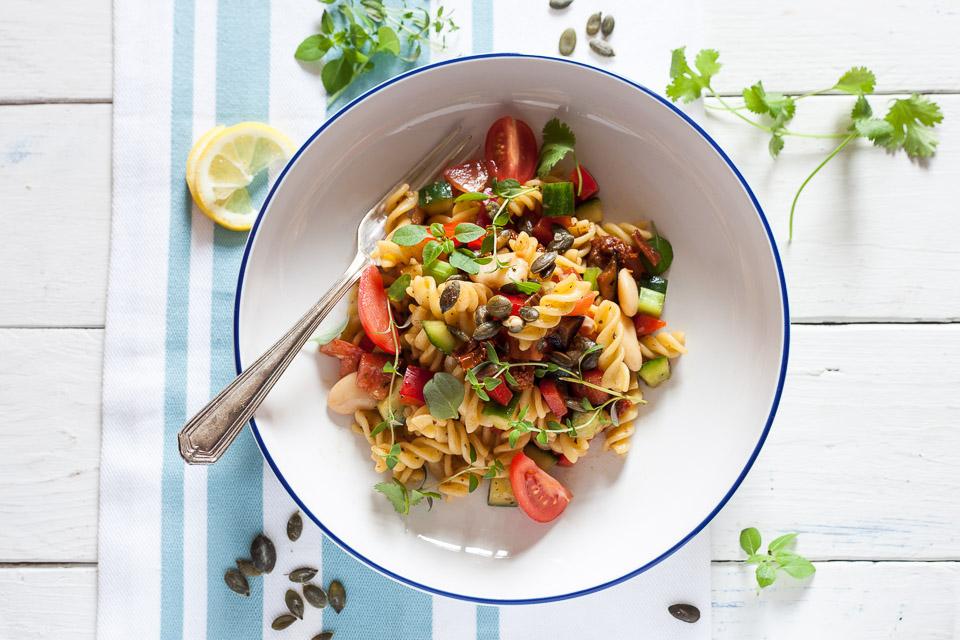
- Have a bit of a story to them: This can be one of the hardest aspects to describe and so very varied. All aspects of the food, styling and photographing method, contribute to the story. Is it comfort food, summer breakfast, healthy energy, we try to convey all the times and places or reason why we have food. All these things need to be decided prior to creating the final shot. Don’t be concerned if it takes on a new story as you’re creating, it happens more often than you think.
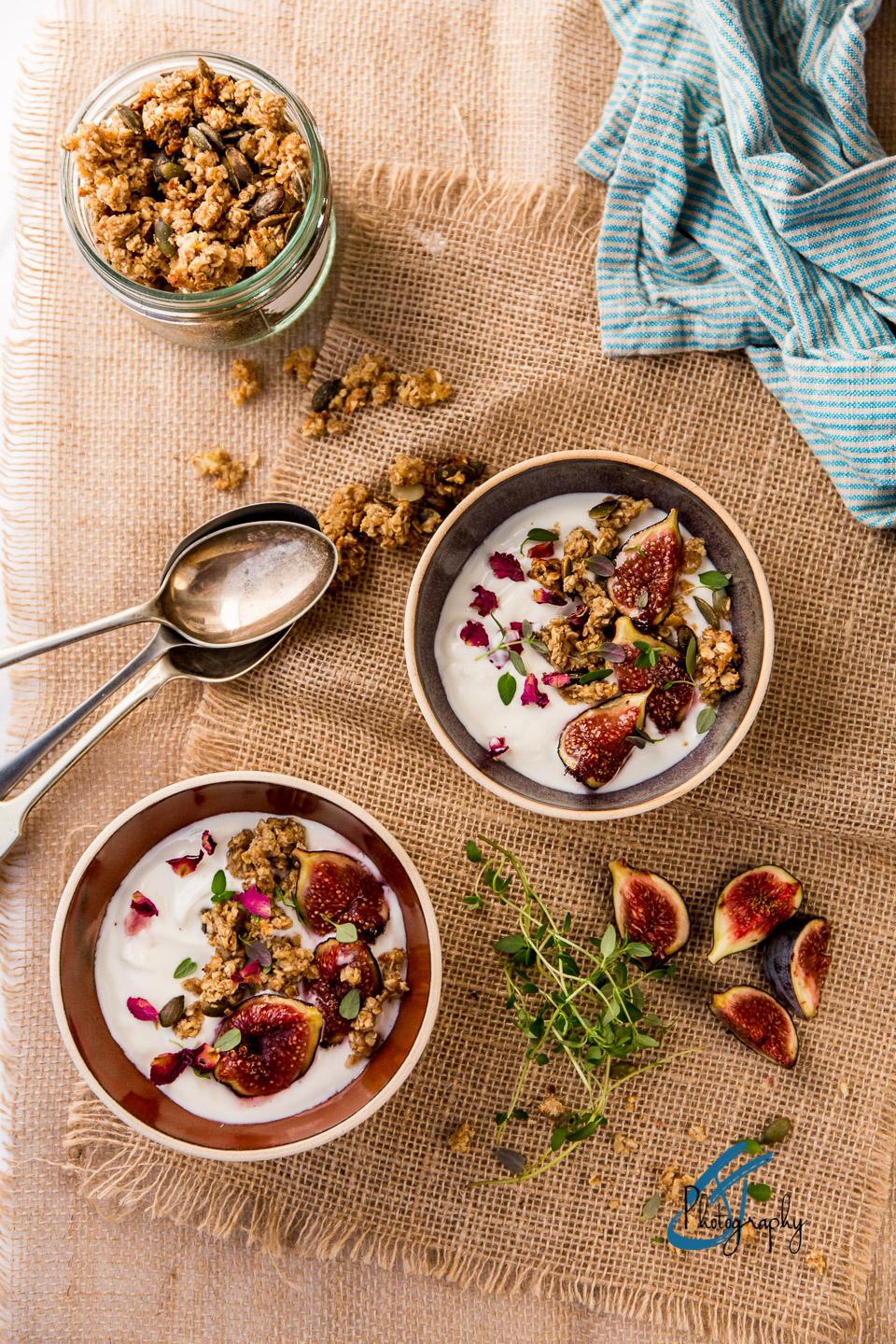
- Feel you can reach in and take a slice, or scoop out a spoonful: Inviting or tempting the viewer to sit down and join you in a meal or take the forbidden salted caramel brownie which is calling their name. A slice pulled out of a cake. A slice of pie with a fork and a bite was taken out. Plated up food with an empty chair waiting for you to sit down and indulge. These are all ways to get the viewer to engage on a more personal level. The lighting and shooting angle also plays into this. An intimate tight shot with limited lighting can bring temptation to a photo. Bright morning light and a fresh breakfast set up invites the viewer to join you for breakfast. I hope that makes sense
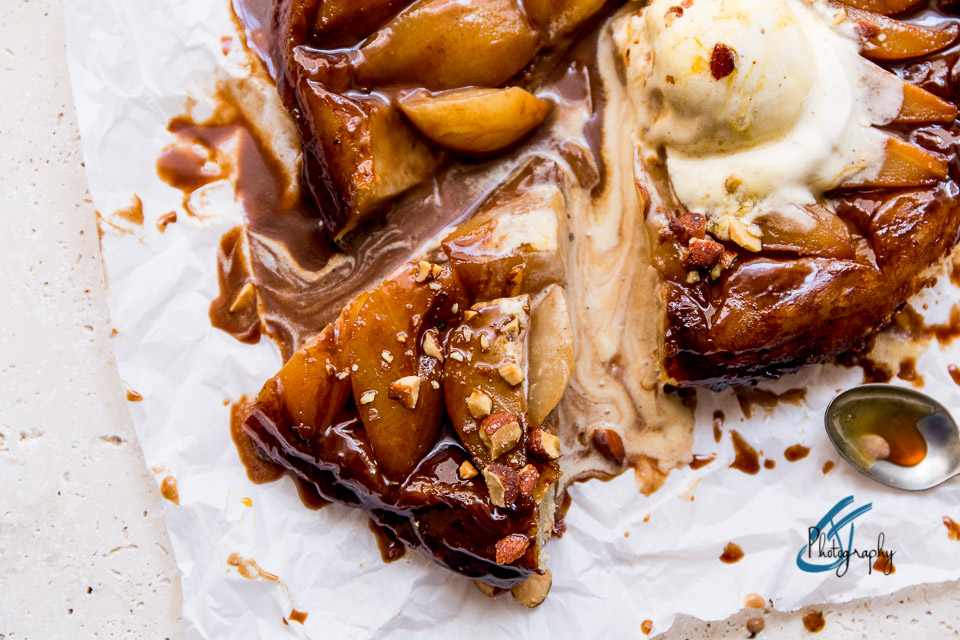
- Textures and visual interest, garnishes: Textures from materials, plates, bowls and the food itself is hugely helpful. We use garnishes for both texture and colour to accent and add visual interest. Props are used in a similar way. They can create part of the story, add mood and texture and maybe just a splash of the right colour.
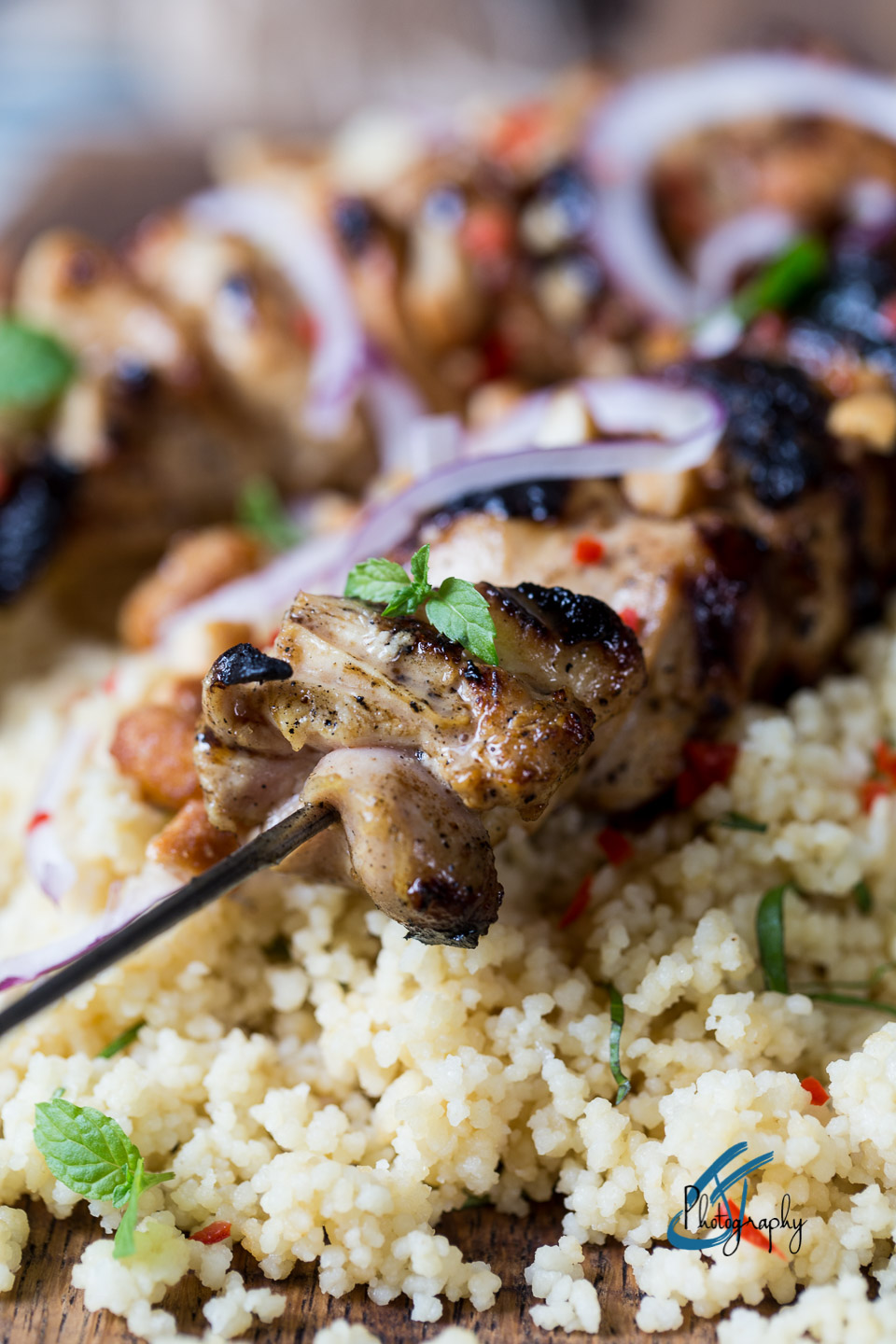
- Being able to decipher some of the ingredients: When the dish is a soup, chilli or something like this, it can be hard to decipher what’s in the dish. When you’re just eating them it doesn’t matter so much. But with a still image, the viewer wants to see some of the elements of the dish. You can style up your shot with some of the ingredients but you’ll still need to show a little of them in the finished dish. Sometimes washing the sauce off a kidney bean and placing it on top of the chilli can be the difference between a good shot and a great shot. Ask yourself, can I tell what’s in this by the photo and what can I show better.[divider_padding]
- Nice light that compliments the mood: I’ve already mentioned this a little. The lighting will take your food photography to new heights. Without this skill, the rest doesn’t come together and can kill any mood you’re trying to convey. Light comes with five main properties, size, quality, colour, direction and quantity. It’s crucial to get the right aspects together for your image. This isn’t just food photography, all photography requires knowledge of using light in its varied forms. A bright summer breakfast doesn’t look right with low angled, warm late afternoon light, does it?
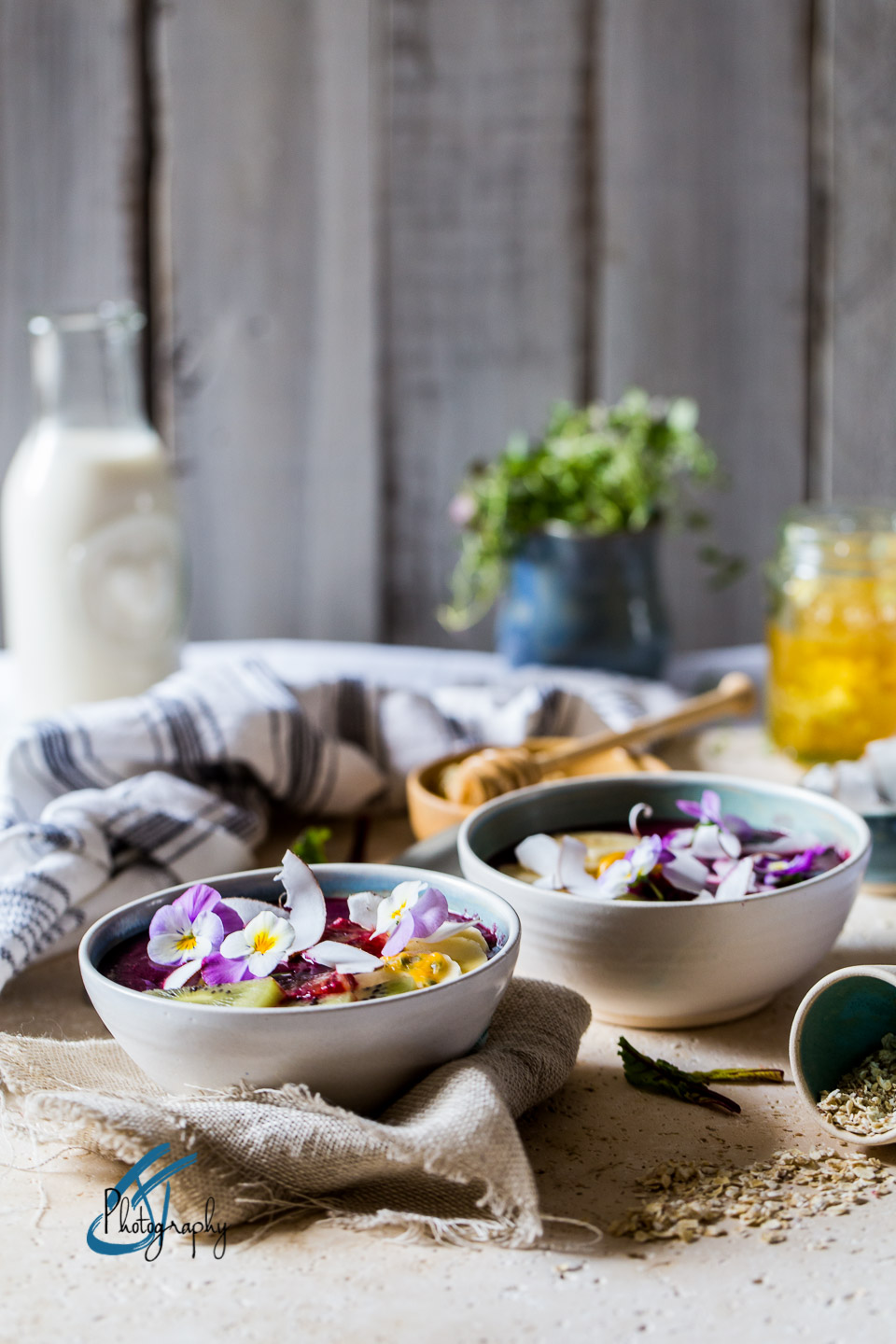
- Leading you through the photograph: Leading lines are one of the basics of any photography. You can use this with food photography lining up your food, garnishes, props, light or focus, to lead the eye through the image. When you look at a photo and your eye bounces around looking for the main subject, it’s not a good photo. You want the viewer’s eye to meander through the image, taking in the details and story you’ve put into it.
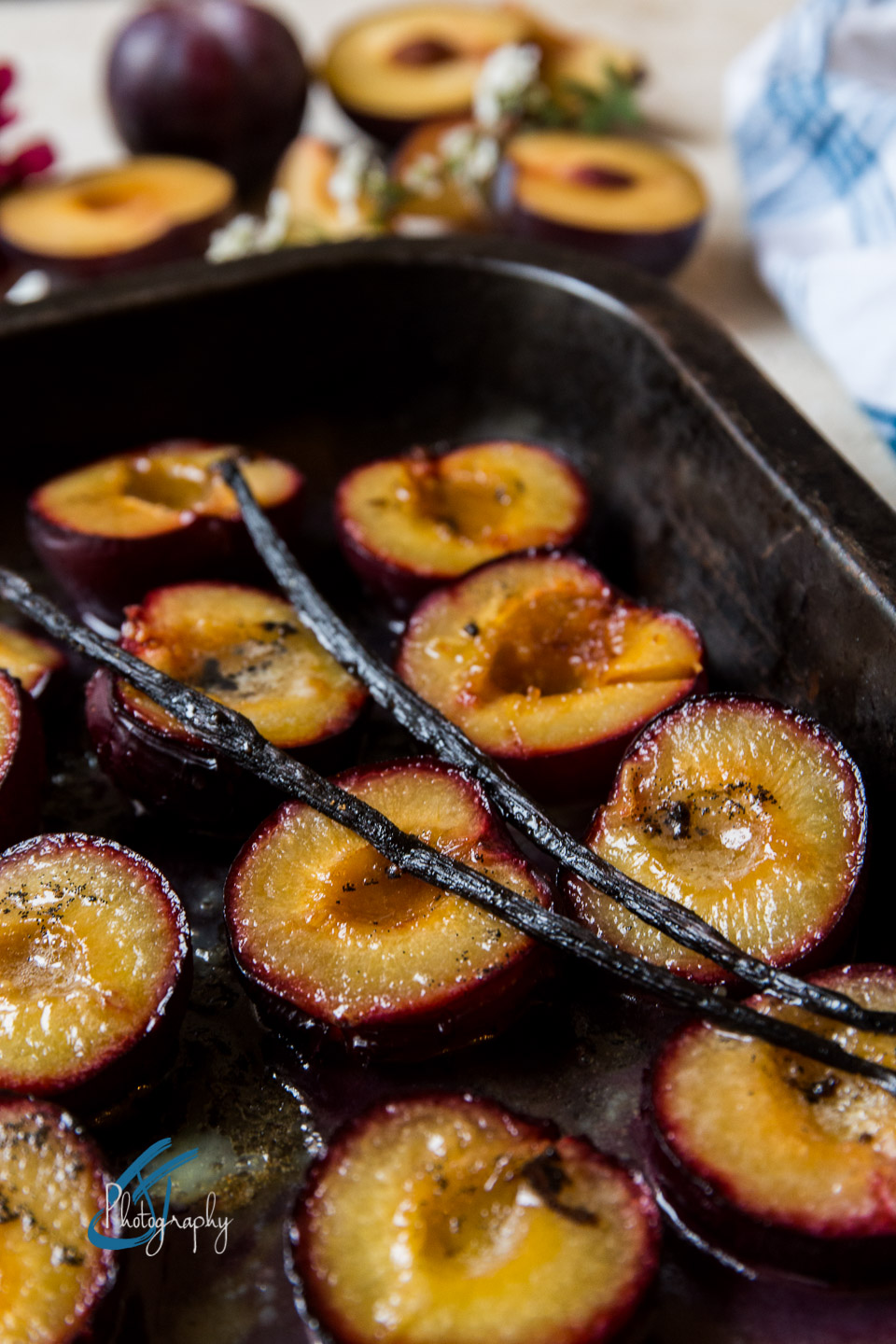
- Pretty food: When you want more interesting pictures, put more interesting subjects in front of your camera. Pretty models, pretty landscapes, pretty light, pretty food, makes for a prettier photo. It’s kind of that simple. Although not all pretty food is easy to photograph, it’s not a guarantee, but it sure can’t hurt right 😉
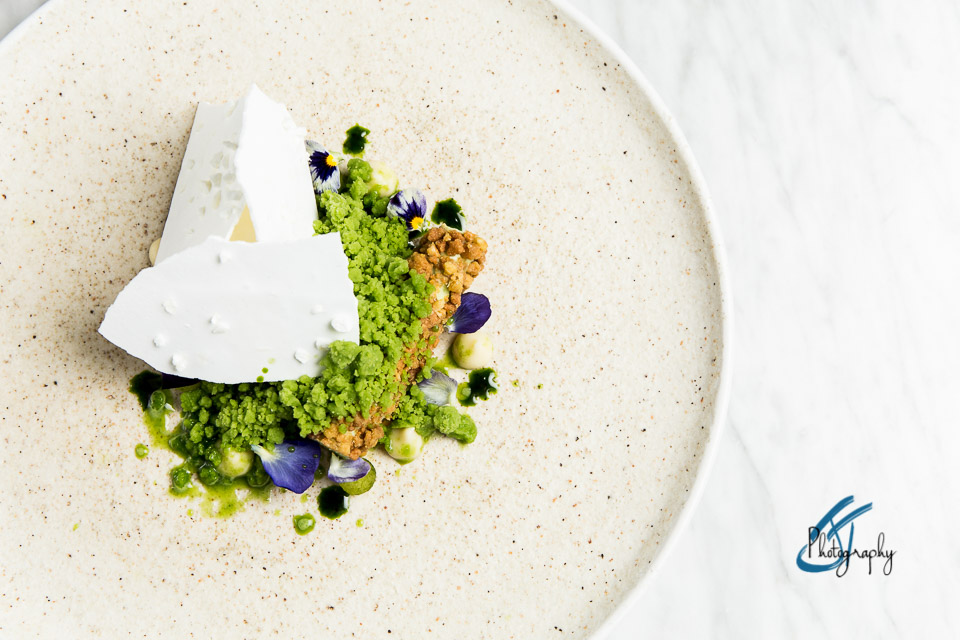
- No distracting elements: As you look at your photograph ask yourself if any aspects bother you, causing a distraction. Image distractions come in many ways. Elements which overlap when they don’t need to. Out of focus items in the foreground which don’t add to the scene. Slightly misaligned cupcakes. A garnish leaf needs turning or swapping out for a smaller piece. All this kind of thing you need to learn to look for and fix it on the shoot. Photoshop is an amazing tool but I don’t want to spend time removing something which would have taken seconds to fix while shooting. You want to avoid re-making and shooting your dish, but even if you do, I guarantee you’ll take some great knowledge from it.
- Intimate composition: This gets you right into the action. At an angle and proximity, you may not have seen before. Lenses with macro capability come into their own here. You can also use macro extension tubes with regular lenses to get close in. Sometimes it can simply be a really tight, macro shot of a leaf, revealing texture, colour and details you would normally miss. Or perhaps the chocolate dribbling down the side of a cupcake.
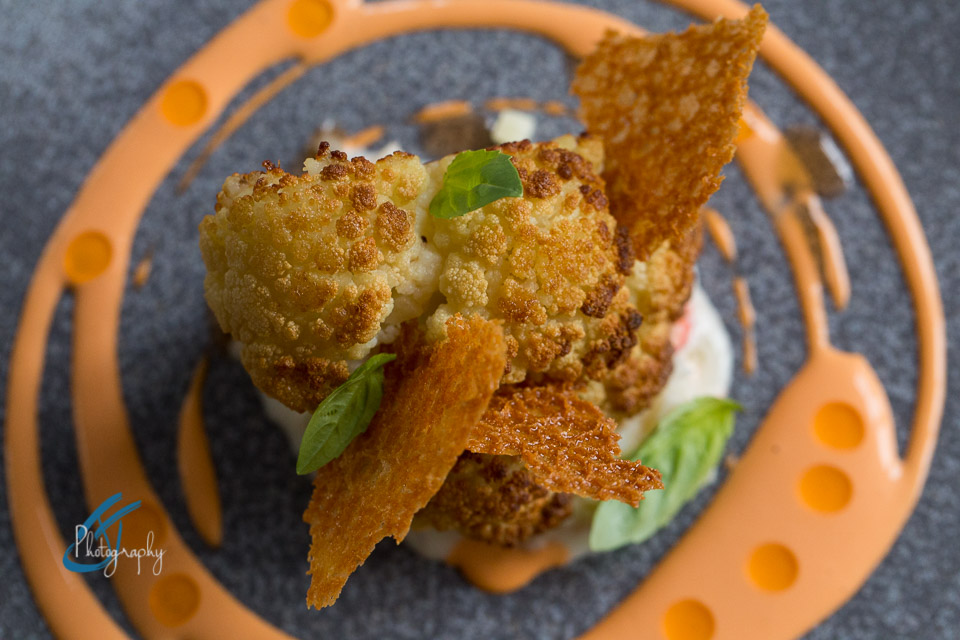
All of these are elements which make up a good food photograph. I’ve tried to give you a bit of an idea of what to look for to create a good food photograph. You won’t nail it every time and that’s ok. Not every hit has to be a home run.
Don’t forget to leave any questions and comments below. Thanks for stopping by and I hope this has been helpful for you.
Until next time
![]()

2 Comments on “What makes a good food photograph”
Thanks JT! Really helpful post. Love your peaches photo! Siobhan x
Thanks for stopping by Siobhan. So pleased you’ve found this helpful and thanks for the compliment, very kind 🙂